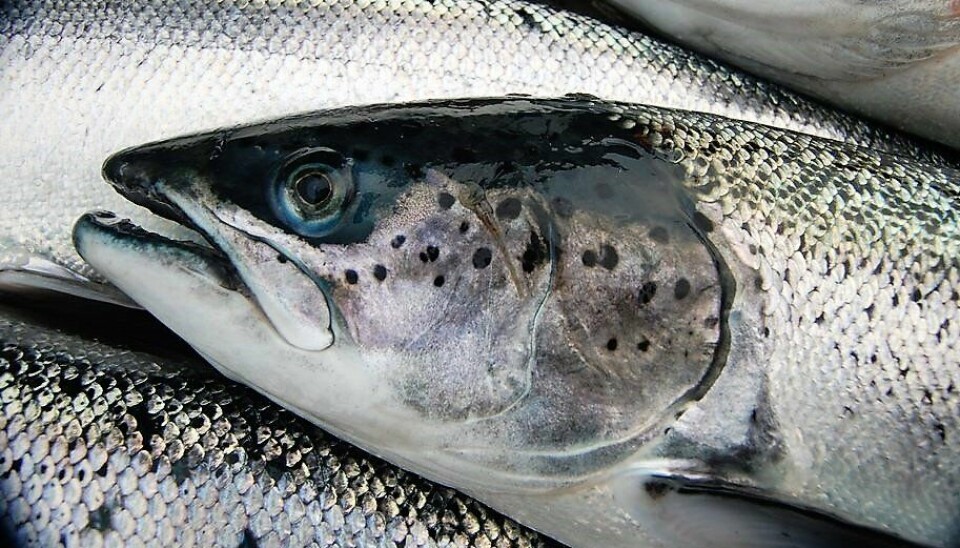
Moderate immune response may be linked with lice resistance
Chile: Researchers found that susceptible salmon expressed higher levels of defensive proteins
Several groups of scientists and genetic companies are making different efforts to decipher the mechanisms behind the genetic resistance of fish against sea lice.
With different types of advancement and discoveries, the answer is still not entirely clear. In this context, a group of researchers from Chile, Spain, Sweden and Estonia published a new study in which they sought to estimate the heritability of three key proteins associated with innate immunity and resistance in Atlantic salmon against Caligus rogercresseyi, the sea louse found in Chile.
“In this study, we evaluated three proteins related to immune defence, specifically, natural killer cell enhancing factor (Nkef), tumour necrosis factor alpha (Tnfα), and interleukin 8 (Il-8). In teleosts, Nkef is upregulated in gills, skin, and other tissues following parasitic, bacterial, and viral infection,” the study authors explained.
Resistant fish were able to elicit a moderate immune response ... while the susceptible fish showed the same response but to a greater magnitude against sea lice
These three proteins were evaluated among 21 families of fish that included fish selected as resistant and susceptible to Caligus infestation, and at the level of different tissues: gills and skin, for possible molecular traits also associated with genetic resistance.
Among their results, the researchers found that susceptible fish had higher levels of Nkef and Tnfα than resistant fish in their gills and skin, although gill Il-8 was higher in resistant fish, while no significant differences were found in the skin. No significant differences were found in the skin.
Heritable variation
In addition, the experts estimated moderate to very high heritable genetic variation for Nkef and Tnfα, but not for Il-8.
“The resistant fish were able to elicit a moderate immune response, producing one cytokine and one effector molecule, i.e. Tnfα, Il-8 and Nkef, while the susceptible fish showed the same response but to a greater magnitude against sea lice. Resistance against sea lice in Atlantic salmon may be associated with the ability to maintain a moderate immune response,” the scientists noted.
In conclusion, they determined that this study “provides evidence that the expressions of the Nkef and Tnfα proteins are highly heritable and are related to resistance against sea lice in Atlantic salmon”.
Read the full study entitled “Heritability of Immunity Traits and Resistance of Atlantic Salmon against the Sea Louse Caligus rogercresseyi”, here.





















































